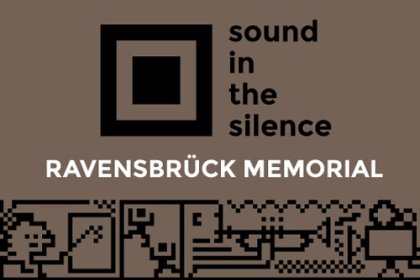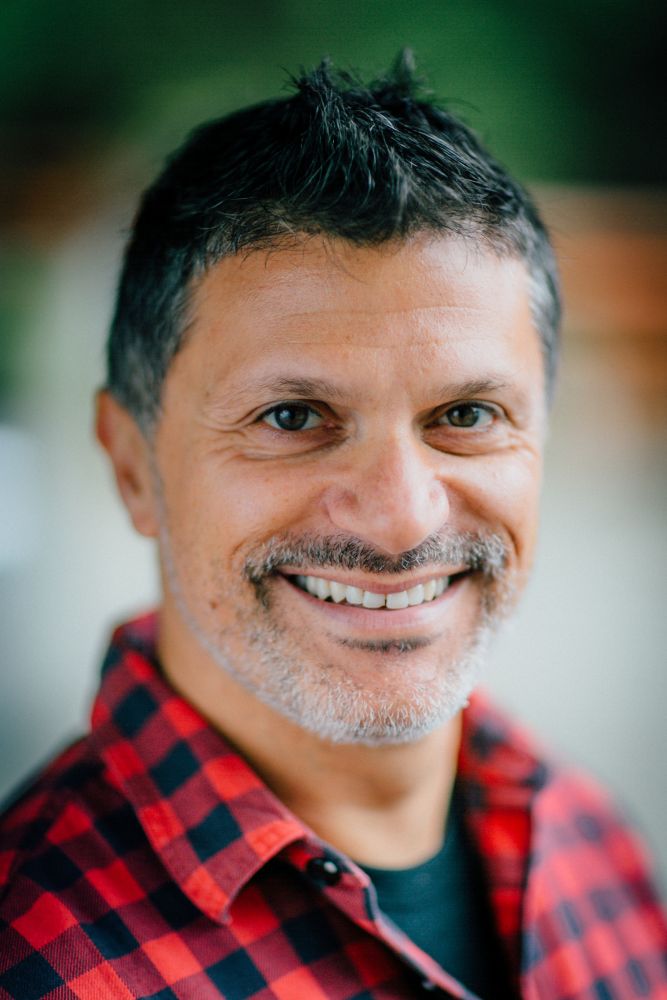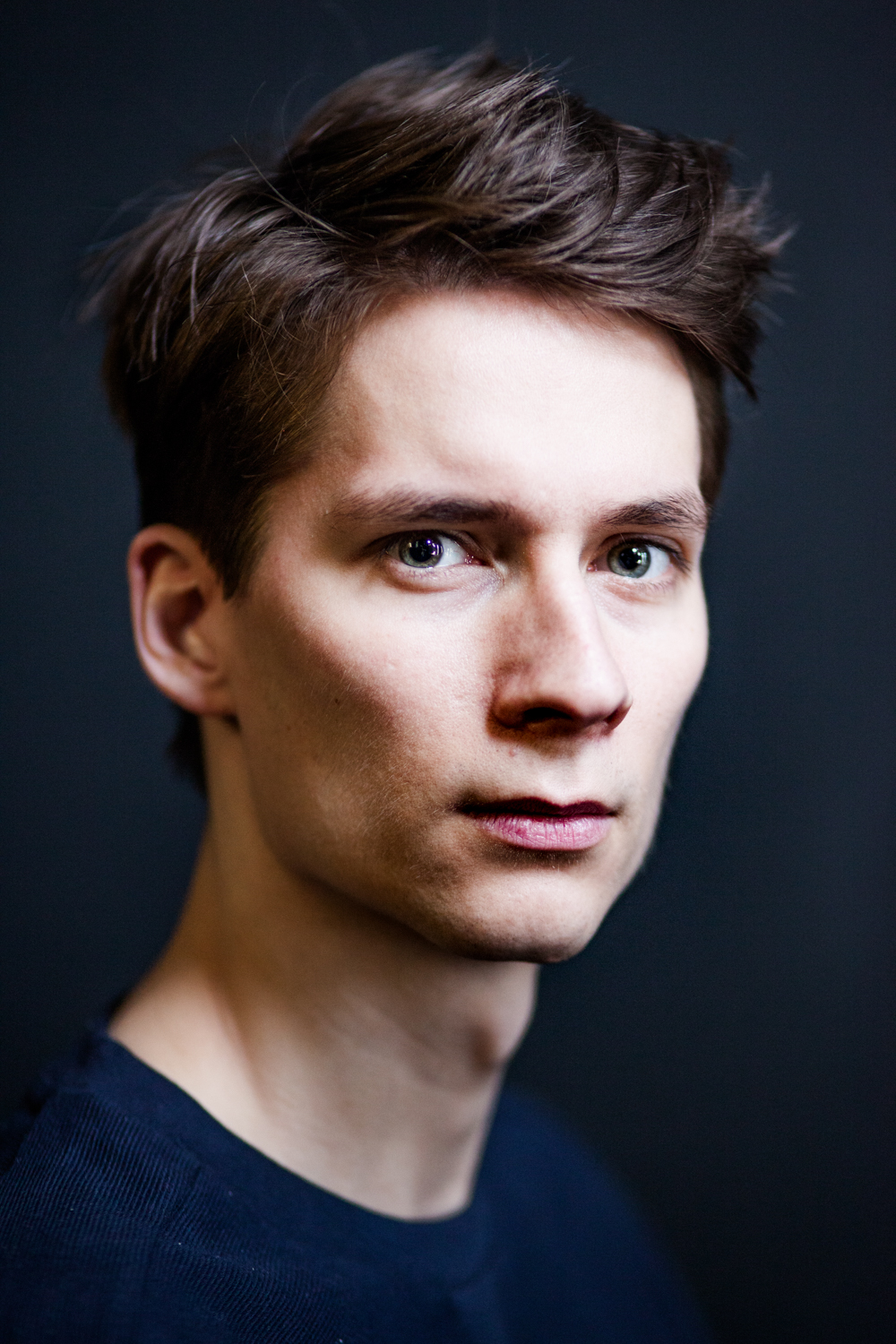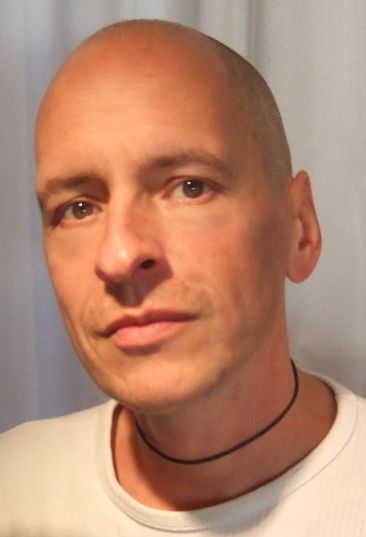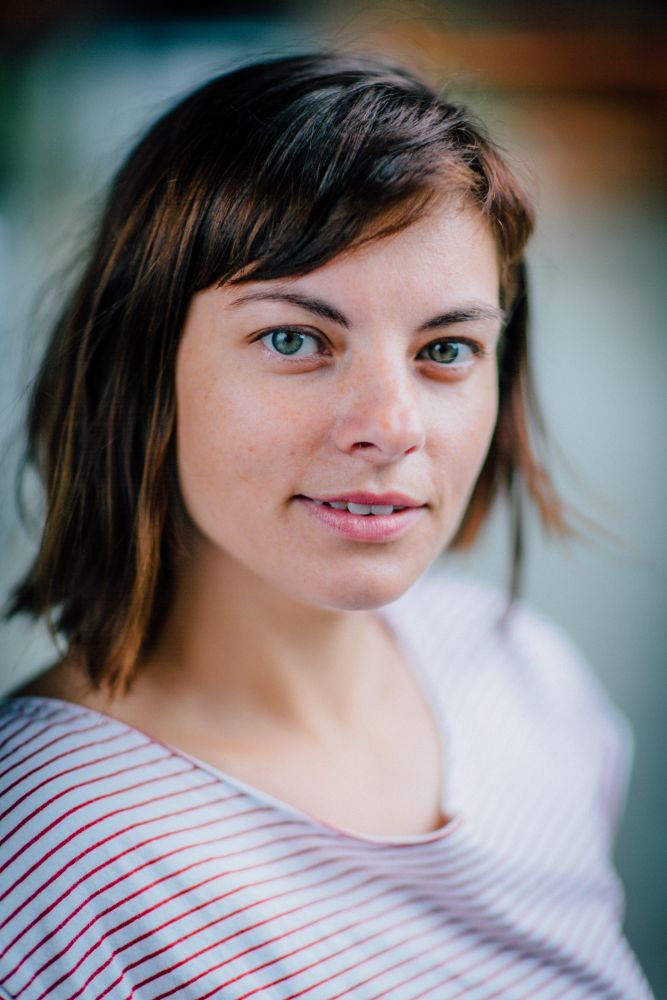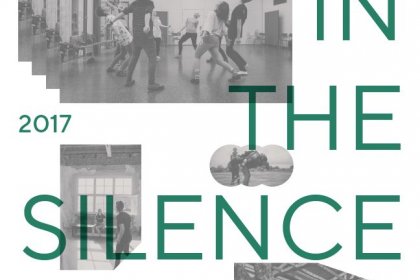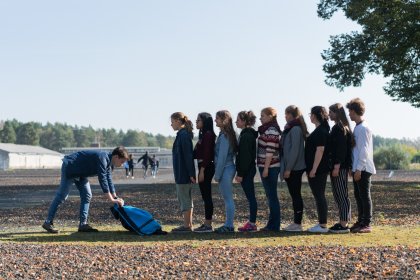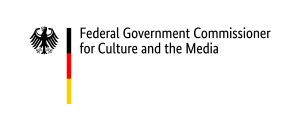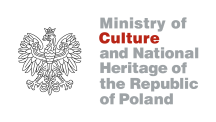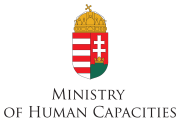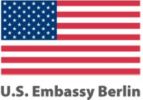Botosani, Romania: Mihai Eminescu National College
Mihai Eminescu National College was created in 1870. Acting initially as a girl-only school, it was first called “Carmen Sylva”, after the literary name of Queen Elisabeth of Romania. On 17 May 1957, the college was renamed after the great Romanian poet, Mihai Eminescu. The school functioned in different historical buildings in Botosani, including Vasilievici House, Monoly Houses, Arapu Houses, before being granted its current location in 1971.
The school has a long tradition of engaging in humanistic endeavors. During the First World War, it hosted the Regional Hospital No.284, and during the Second World War, it welcomed and supported Polish refugees. Although at the beginning the high school’s main focus was on mathematical and exact sciences, in the last years, along with the foundation of the theatre club ”Atelierul de teatru”, the college developed an artistic side, making a name for itself on local and national level.
Budapest, Hungary: Fazekas Mihály Gimnázium
Over the past 40 years Fazekas Mihály Gimnázium has built up a reputation for excellence, especially in mathematics and in the exact sciences. The school’s history reaches back to 1911 when the mayor of Budapest opened an elementary school at the site to meet the increasing demand for education in the expanding city. A year later, the building became temporary home to the Pedagogical Seminary, whose purpose was to provide guidance and later supervision for all teachers and schools in the city. The elementary school thus became a training school where teachers could become acquainted with the latest pedagogical techniques. The seminars given at the school became enormously popular between the two World Wars. The building was severely damaged both in the Second World War and again in the 1956 revolution. Since 1957 the Seminary has enjoyed its most successful period ever. Fazekas’s prestigious reputation is linked to special mathematics classes which were started in 1962, when Imre Rábai gathered some promising talent who went on to achieve world fame for the school in the subject. Ever since, numerous Fazekas alumni have excelled on the world stage, particularly in mathematics and the natural sciences.
Hamburg, Germany: Irena Sendler Schule
The Irena Sendler School has existed as a comprehensive school since 1970s . Today the school is one of the larger schools in Hamburg, with about 1300 students.
Patron of the school – Irena Sendler – was a Polish nurse and social worker who served in the Polish Underground in German-occupied Warsaw during the Second World War, and was the head of the children’s section of Żegota, the Polish Council to Aid Jews (Polish: Rada Pomocy Żydom), which was active from 1942 to 1945. Sendler smuggled approximately 2,500 Jewish children out of the Warsaw Ghetto and then provided them with false identity documents and shelter outside the Ghetto, saving those children from the Holocaust. The German occupiers eventually discovered her activities and she was arrested by the Gestapo, tortured, and sentenced to death, but she managed to evade execution and survive the war. In 1965, Sendler was recognised by the State of Israel as Righteous among the Nations. Late in life she was awarded the Order of the White Eagle, Poland’s highest honor, for her wartime humanitarian efforts.
Warsaw, Poland: Klementyna Hoffmanowa Highschool

